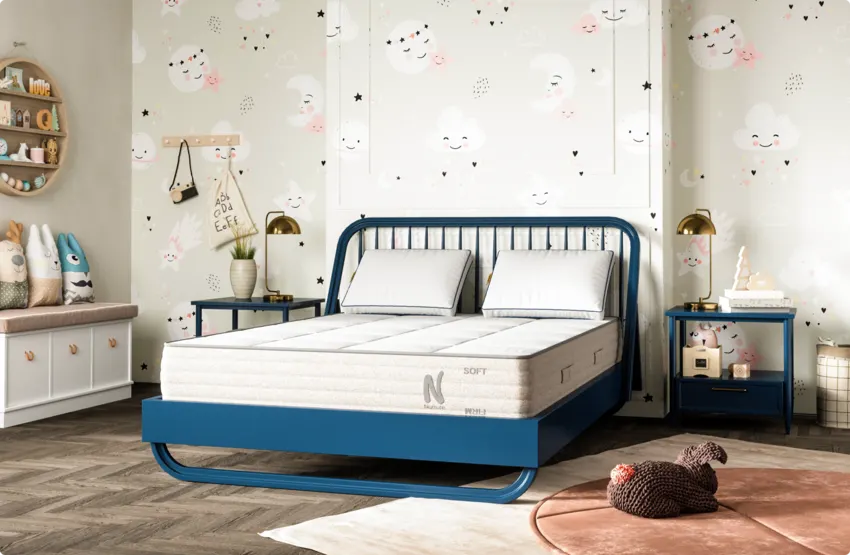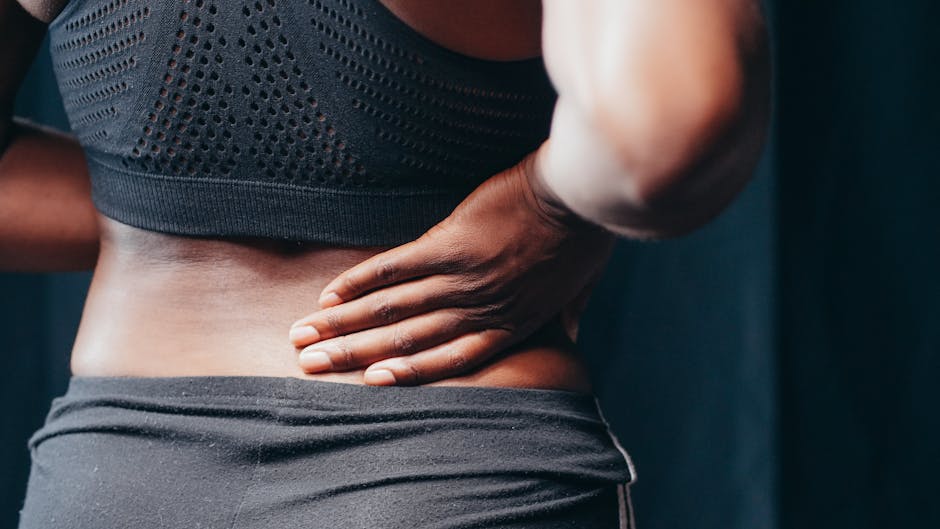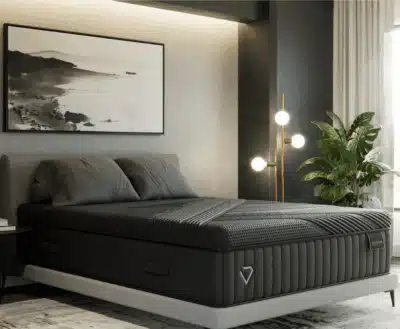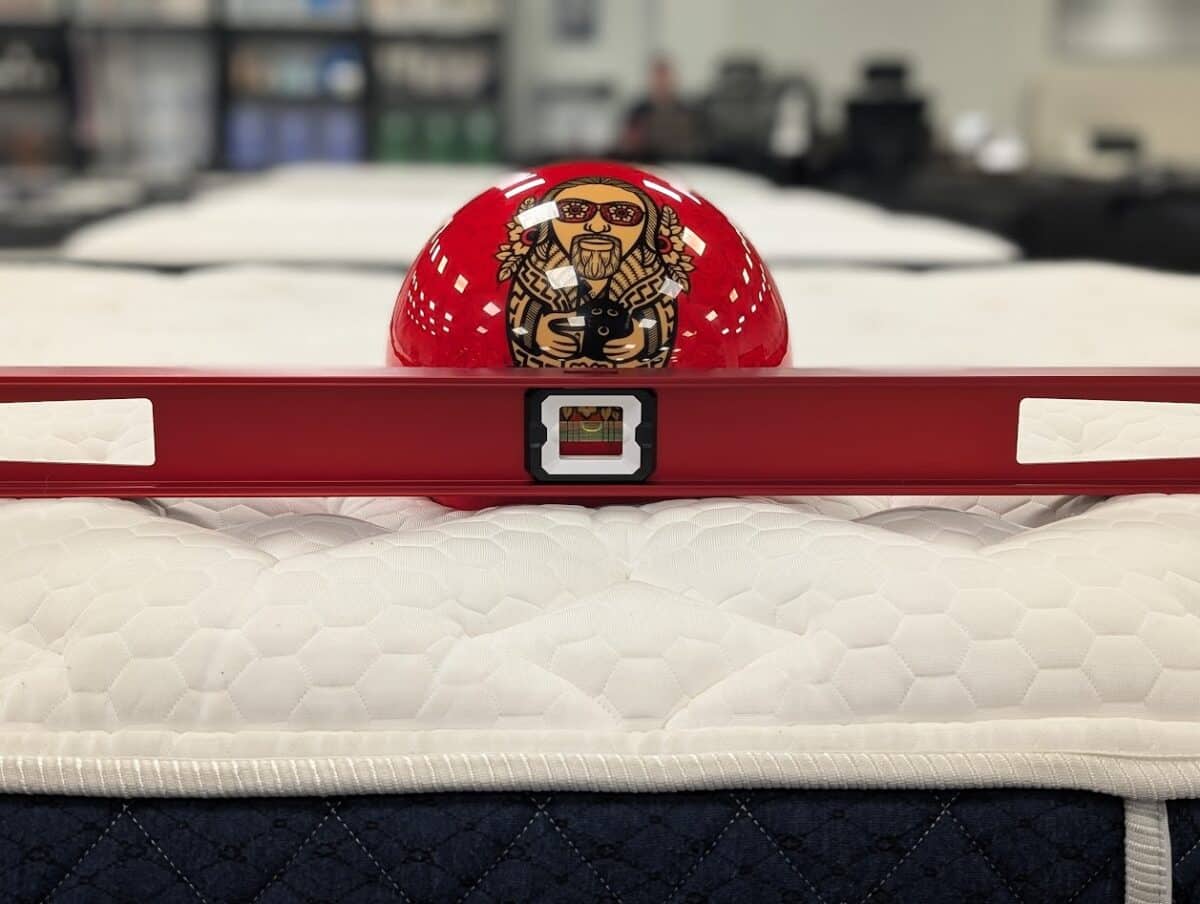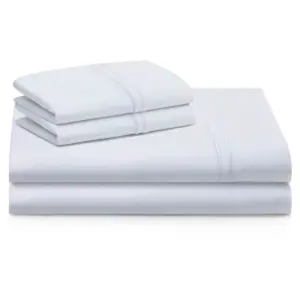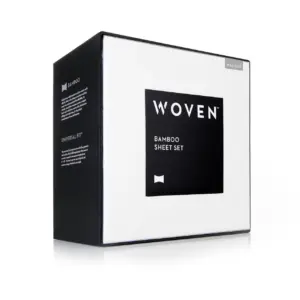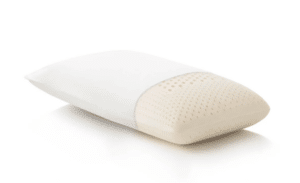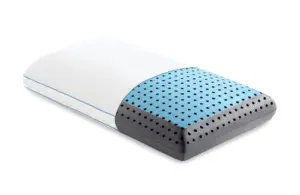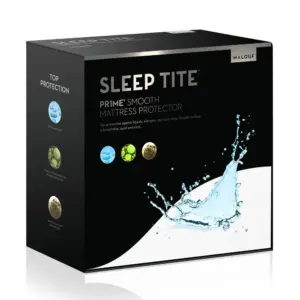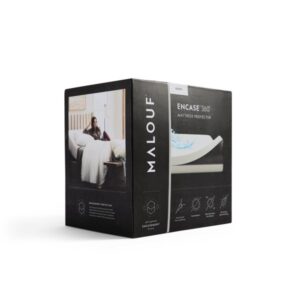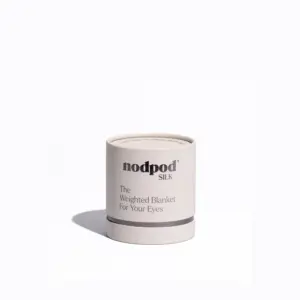Vinyl Dorm Mattresses and Bed Bugs: Myths and Facts
Can Vinyl Dorm Mattresses Get Bed Bugs?
As college students settle into dorm life, concerns about bed bugs frequently arise, especially regarding the mattresses they sleep on. Many students opt for vinyl dorm mattresses, reputed for their protective characteristics. But how effective are these mattresses in keeping bed bugs at bay? Let’s explore the truth behind some common myths surrounding vinyl dorm mattresses and bed bugs.
The Reality of Vinyl Mattresses and Bed Bugs
Vinyl dorm mattresses provide certain advantages when it comes to bed bug prevention. Their smooth, non-porous surface creates an unfavorable environment for these pests, making it difficult for them to cling to or embed themselves in the mattress material. Moreover, when paired with protective plastic encasements, vinyl mattresses can trap any existing bed bugs, ultimately cutting them off from their food source and leading to their demise.
However, these mattresses are not entirely foolproof. Bed bugs are notoriously resourceful and can easily hide in other areas of a dorm room, such as bed frames, furniture, and behind wall hangings. Therefore, understanding how to best safeguard against bed bug infestations is vital for students.
Common Misconceptions About Vinyl Mattresses
Numerous myths persist regarding the effectiveness of vinyl dorm mattresses against bed bugs:
– Myth: Vinyl mattresses are completely bed bug-proof.
Fact: While they offer some resistance, bed bugs can still be found in various parts of a dorm room, underlining the importance of maintaining a clean environment.
– Myth: Bed bugs can’t survive on vinyl surfaces.
Fact: Although bed bugs may struggle to cling to vinyl, they can traverse these surfaces to reach their hosts.
– Myth: A vinyl mattress negates the need for additional protection.
Fact: Even with a vinyl mattress, it’s crucial to employ protective encasements and conduct regular cleaning to further diminish the risk of an infestation.
Understanding these misconceptions equips students with the information necessary to take proactive measures against bed bugs.
How Bed Bugs Infest Dorm Rooms
Bed bugs are adept hitchhikers and can effortlessly enter dorm rooms. Here are some common entry points:
– Luggage: After traveling, bed bugs can attach themselves to bags and suitcases.
– Cracks and Gaps: Tiny openings around walls, floors, windows, and doors provide ideal entry opportunities.
– Used Furniture: Bringing in second-hand furniture without a thorough inspection can introduce bed bugs.
Awareness of these entry points helps students take preventive actions, limiting the chances of an infestation.
Signs of Bed Bug Infestation
Spotting the signs of a bed bug infestation is crucial for early intervention. Look out for:
– Bites: Typically show up in clusters or lines, resembling mosquito bites.
– Blood Stains: Rust-colored spots on sheets or mattresses indicate crushed bed bugs.
– Feces Stains: Tiny, dark spots on bedding mark bed bug feces.
– Musty Odor: A strong, sweet smell akin to overripe berries can arise in heavy infestations.
Regular inspections help catch these indicators before they develop into more severe issues.
Preventing Bed Bugs in Dorm Rooms
While vinyl mattresses offer some level of protection, students should adopt a comprehensive approach to keep bed bugs at bay.
Using Mattress Covers: A Necessary Step
Utilizing mattress covers is an effective way to create a protective barrier against bed bugs. Here’s how:
– Plastic Encasements: These encasements prevent bed bugs from penetrating and keep trapped bugs from feeding.
– Hygienic Benefits: Covers shield against dust mites and allergens, crucial in shared dorm environments.
– Ease of Maintenance: Most covers are machine-washable, allowing for easy cleaning.
While protective covers are essential, they should be part of a broader prevention strategy.
Additional Preventive Measures
1. Seal Entrances: Use caulk to close up any cracks or gaps that could serve as entry points.
2. Wash Clothes: After traveling, wash clothing in hot water and dry them on high heat, which kills off any lingering bed bugs.
3. Inspect New Items: Before bringing used furniture or belongings into the dorm, examine them thoroughly for signs of infestation.
Implementing these practices alongside regular monitoring can significantly enhance the chances of a bed bug-free space.
Best Practices for Vinyl Dorm Mattresses
To maintain the longevity and hygiene of your vinyl mattress, consider the following best practices:
Cleaning and Maintenance Tips
– Regular Disinfection: Use disinfectant wipes or sprays to keep the mattress clean.
– Immediate Spot Cleaning: Address spills promptly to prevent staining.
– Thorough Deep Cleaning: Clean the mattress sides at least twice a year, allowing it to air dry completely.
Ensuring Durability
– Rotate the Mattress: To prevent uneven wear, rotate the mattress every few months.
– Use a Protector: Adding an extra layer of protection can help shield the mattress against spills and wear.
By adhering to these guidelines, students can ensure their vinyl dorm mattresses remain comfortable and hygienic.
Frequently Asked Questions
Do Dorm Mattresses Have Bed Bugs?
While the concern about bed bugs in dorm mattresses is prevalent, not all dorm mattresses are infested. Regular inspections and reporting any suspicious signs to dorm management are crucial.
Can Bed Bugs Get Through Vinyl?
Though vinyl offers certain resistance, bed bugs can still find entry through tiny seams or tears in the material. Using a full encasement cover can enhance protection.
What Type of Mattress is Bed Bug Proof?
No mattress is entirely bed bug-proof. However, heavy-duty mattresses with sealed seams offer better resistance. Always choose durability and consider additional protective layers like encasements.
Conclusion
Understanding the facts about vinyl dorm mattresses and bed bugs can reduce anxiety and promote a secure living situation. While vinyl mattresses provide valuable protection, knowledge and vigilance are key in preventing infestations. Regular inspections, effective cleaning, and thoughtful protective measures will significantly enhance your dorm experience, ensuring it remains bug-free and comfortable. By staying informed and proactive, you can navigate college life with peace of mind.



